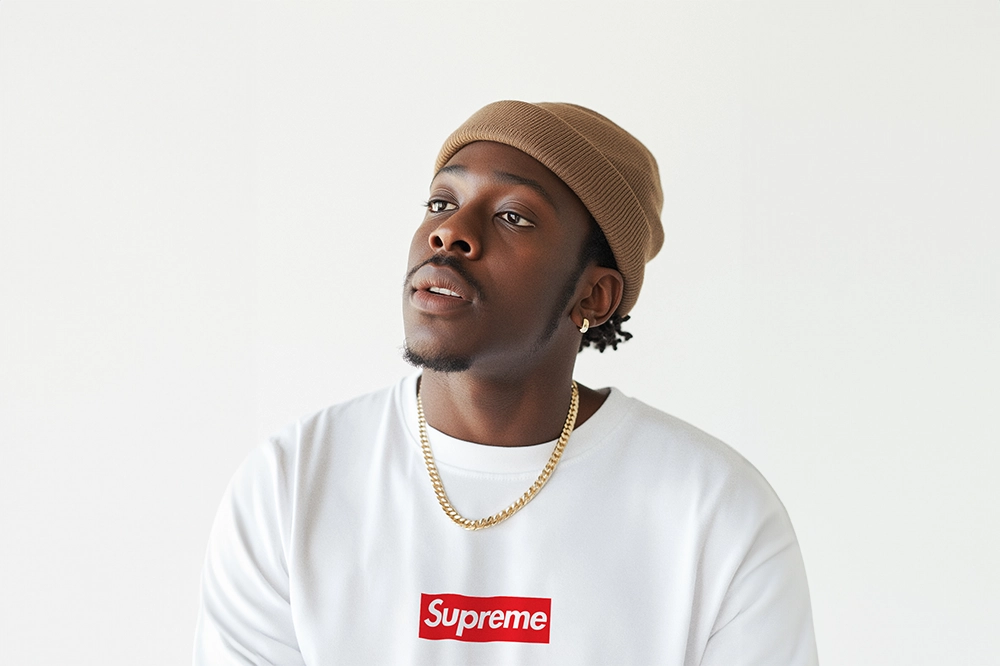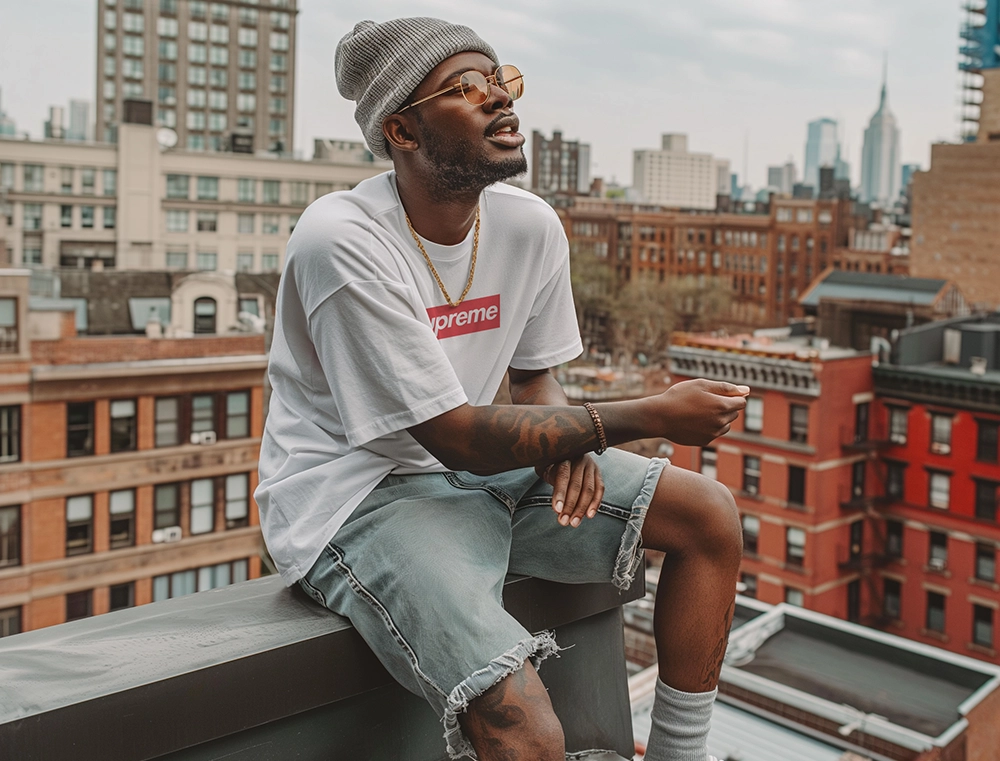Get 50% off using code MOCKUP at checkout
How to Use Clothing Mockups to Improve Your Brand
When it comes to showcasing your brand’s products, understanding how to use mockups effectively can make all the difference. Mockups not only help you visualize your designs, but they also create compelling product images that connect with your audience. In this post, we’ll explore the three most popular mockup types—flat lays, models, and storytelling mockups. We’ll break down how to use these mockups. Explaining why, when, and where to use each one.

Flat Lay Mockups: Why, When, and Where
Flat lay mockups are one of the most versatile and straightforward ways to showcase your products. They allow you to present your designs cleanly, focusing on the product without any distractions.
Why Use Flat Lay Mockups
If you’re looking for simplicity, flat lay mockups are ideal. They provide a clear and unobstructed view of your clothing items, making it easy to highlight design details. Plus, they’re quick to create using an online mockup generator.
When to Use Flat Lay Mockups
Flat lay mockups work best when you want to showcase the design itself, especially for basic products like t-shirts or hoodies. These mockups are perfect for website listings, social media, or any time you need a minimalistic approach.
Where to Use Flat Lay Mockups
Flat lay mockups are commonly used on websites, in ecommerce stores, or on social media platforms. If you’re updating your seasonal collection, check out our free clothing mockups to get started.

Model Mockups: Why, When, and Where
Model mockups are essential for adding a human element to your product images. Knowing how to use mockups with models can enhance the perceived value of your brand and create more relatable content.
Why Use Model Mockups
Model mockups allow customers to visualize what the clothing would look like when worn. This adds context to your products, making them feel more approachable and desirable. They’re a cost-effective alternative to expensive photoshoots, especially when using Photoshop clothing mockups.
When to Use Model Mockups
Use model mockups when you need to show your product in action. For instance, they work great for lifestyle brands or when your marketing message revolves around customer experiences.
Where to Use Model Mockups
Model mockups are perfect for social media, advertisements, and websites where your audience wants to see more than just the design—they want to see how it looks on a real person. Explore more of these mockups with our ebook on how to maximize their impact.

Storytelling Mockups: Why, When, and Where
Storytelling mockups take things a step further, allowing you to create a narrative around your product. Learning how to use mockups to tell a story can transform your marketing strategy.
Why Use Storytelling Mockups
These mockups are designed to evoke emotions. Whether it’s a holiday campaign or a lifestyle theme, storytelling mockups help you build a connection with your audience, adding context and making your brand memorable.
When to Use Storytelling Mockups
Use storytelling mockups when you want to drive engagement. They’re perfect for seasonal campaigns or when launching a new product line. Learn more about common mistakes to avoid with storytelling mockups in our post on the top 10 mistakes your brand is making.
Where to Use Storytelling Mockups
Storytelling mockups shine in advertisements and social media campaigns. By presenting your product as part of a lifestyle or event, they help your audience connect with your brand’s story.

How to Use Mockups to Boost Your Brand
Incorporating the right mockups into your marketing strategy is key to standing out in a crowded market. By understanding how to use mockups like flat lays, model mockups, and storytelling mockups, you’ll be able to create more engaging and effective product images. Be sure to check out Mock It for quick and easy online mockups, or visit our free mockups section to explore more options.
And if you’re ready to master how to use mockups for your brand, don’t miss out on our ebook—your ultimate guide to making the best mockups possible.
